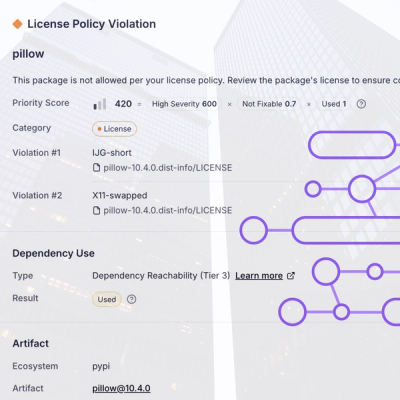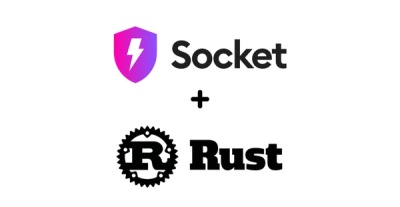
Research
/Security News
Critical Vulnerability in NestJS Devtools: Localhost RCE via Sandbox Escape
A flawed sandbox in @nestjs/devtools-integration lets attackers run code on your machine via CSRF, leading to full Remote Code Execution (RCE).
@backstage-community/plugin-graphiql
Advanced tools
This plugin integrates GraphiQL as a tool to browse GraphiQL endpoints inside Backstage.
The purpose of the plugin is to provide a convenient way for developers to try out GraphQL queries in their own environment. By exposing GraphiQL as a plugin instead of a standalone app, it's possible to provide a preconfigured environment for engineers, and also tie into authentication providers already inside Backstage.
Start out by installing the plugin in your Backstage app:
# From your Backstage root directory
yarn --cwd packages/app add @backstage-community/plugin-graphiql
# in packages/app/src/App.tsx
+import { GraphiQLPage } from '@backstage-community/plugin-graphiql';
const routes = (
<FlatRoutes>
+ <Route path="/graphiql" element={<GraphiQLPage />} />
For the plugin to function, you need to supply GraphQL endpoints through the GraphQLBrowse API. This is done by implementing the graphQlBrowseApiRef exported by this plugin.
If all you need is a static list of endpoints, the plugin exports a GraphQLEndpoints class that implements the GraphQLBrowseApi for you. Here's an example of how you could expose two GraphQL endpoints in your App:
# in packages/app/src/apis.ts
+import {
+ graphQlBrowseApiRef,
+ GraphQLEndpoints,
+} from '@backstage-community/plugin-graphiql';
export const apis = [
+ createApiFactory({
+ api: graphQlBrowseApiRef,
+ deps: { errorApi: errorApiRef, githubAuthApi: githubAuthApiRef },
+ factory: ({ errorApi, githubAuthApi }) =>
+ GraphQLEndpoints.from([
+ // Use the .create function if all you need is a static URL and headers.
+ GraphQLEndpoints.create({
+ id: 'gitlab',
+ title: 'GitLab',
+ url: 'https://gitlab.com/api/graphql',
+ // Optional extra headers
+ headers: { Extra: 'Header' },
+ }),
+ {
+ id: 'hooli-search',
+ title: 'Hooli Search',
+ // Custom fetch function, this one is equivalent to using GraphQLEndpoints.create()
+ // with url set to https://internal.hooli.com/search
+ fetcher: async (params: any) => {
+ return fetch('https://internal.hooli.com/search', {
+ method: 'POST',
+ headers: { 'Content-Type': 'application/json' },
+ body: JSON.stringify(params),
+ }).then(res => res.json());
+ },
+ // Optional list of plugins
+ plugins: []
+ }
+ ]),
+ }),
FAQs
Backstage plugin for browsing GraphQL APIs
We found that @backstage-community/plugin-graphiql demonstrated a healthy version release cadence and project activity because the last version was released less than a year ago. It has 1 open source maintainer collaborating on the project.
Did you know?

Socket for GitHub automatically highlights issues in each pull request and monitors the health of all your open source dependencies. Discover the contents of your packages and block harmful activity before you install or update your dependencies.

Research
/Security News
A flawed sandbox in @nestjs/devtools-integration lets attackers run code on your machine via CSRF, leading to full Remote Code Execution (RCE).

Product
Customize license detection with Socket’s new license overlays: gain control, reduce noise, and handle edge cases with precision.

Product
Socket now supports Rust and Cargo, offering package search for all users and experimental SBOM generation for enterprise projects.